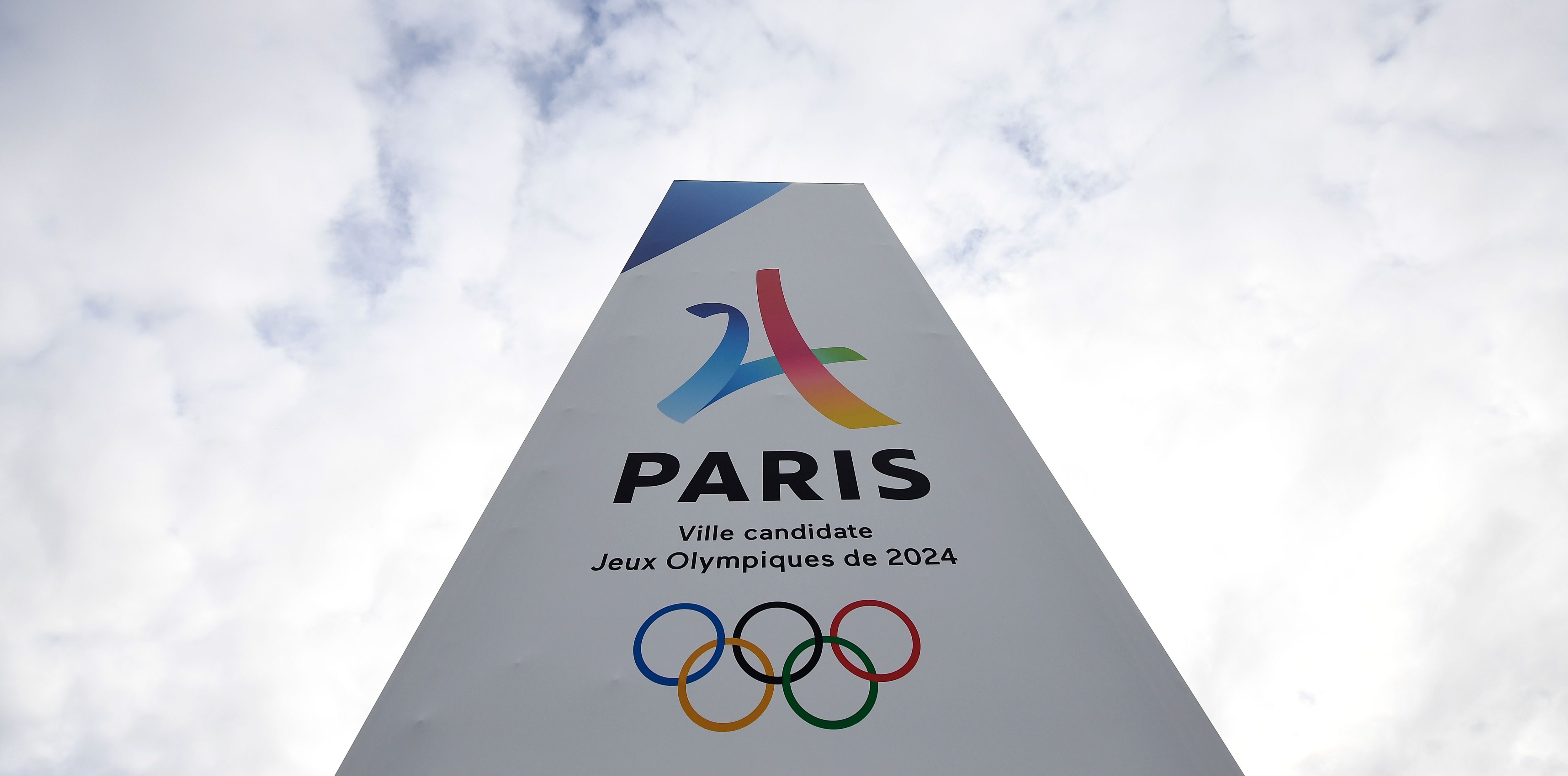Gymnastics is a staple of the Summer Olympics.
The sport was introduced in the inaugural 1896 competition and has been contested at every Olympics since then. But one discipline of the sport doesn't have that type of history.
Trampoline was added in 2000, joining artistic (began in 1896) and rhythmic gymnastics (added in 1984). The discipline will return at the 2024 Olympics in Paris as countries battle for medals on the men's and women's side.
What exactly is trampoline? How does it work? And what do all the terms mean? Here's everything to know about trampoline at the Olympics:
What is Olympic trampolining?
Trampolining was invented in 1934 by American gymnast George Nissen, but it wasn't added to the Olympics until 2000.
Artistic gymnastics are the traditional events that most viewers are used to seeing. There are only two trampoline Olympic events: men's individual and women's individual.
What are the Olympic trampoline rules?
Both the men's and women's events involve gymnasts jumping on a trampoline and performing a series of twists, bounces and somersaults. Routines include 10 elements and are scored by judges based on difficulty, execution and air time.
Get a weekly recap of the latest San Francisco Bay Area housing news. Sign up for NBC Bay Area’s Housing Deconstructed newsletter.
Sixteen men and sixteen women compete in the qualification round and eight of each advance to the finals. The qualification round includes two routines by each athlete, with their scores combined to rank them from first through 16th. Medals are awarded after the finals, where each athlete gets one routine.
What do the Olympic trampolining terms mean?
Here are some of the key terms to know for Olympic trampolining, courtesy of NBC Olympics:
- Bed: A term for the springy landing surface of a trampoline net
- Cast: Sideways travel during a move
- Composition: The structure of a gymnastics routine
- Compulsory routine: A routine comprised of eight specific skills that are required of all athletes and two skills that athletes choose themselves
- Out-bounce: A straight jump at 3/4 height performed as the last jump in a routine
- Voluntary routine: A routine comprised of 10 skills of the athlete's choosing, with all being judged on difficulty and execution
- Wrap: The athlete draws the arms in near the body to speed up a twist
- Adolph: A forward somersault with 3 1/2 twists
- Back pullover: A 3/4 back somersault from a back landing, usually to feet
- Ball out: Any forward rotating skill that initiates from the back after making contact with the trampoline bed
- Barani: A single forward somersault with a half-twist
- Crash dive: Three-quarters of a forward somersault landing on the back
- Cody: Any somersaulting skill that initiates from the stomach after making contact with the trampoline bed
- Double back: A double backward somersault
- Double full: A double-twisting single backward somersault
- Flat back: A back drop to land with the whole body flat on the bed
- Fliffis: Any double somersault with a twist
- Front: A forward somersault
- Full: A single backward somersault with one full twist
- Half-in, half-out triffis: A full twisting triple back somersault
- Lazy back 3/4: Three-quarters of a backward somersault landing on the stomach
- Miller: A triple-twisting double backward somersault
- Miller plus: A quadruple-twisting double backward somersault
- Pike: A position in which the upper body comes close to the legs, which are kept straight. The elements performed in this position are more difficult than those done in tuck position.
- Puck: A semi-tucked shape (piked tuck) used for multi-twisting multiple rotation somersaults
- Quadriffis: Any quadruple somersault with a twist
- Randolph/Randy: A single forward somersault with 2 1/2 twists
- Rudolph/Rudy: A single forward somersault with 1 1/2 twists
- Salto: Alternate term for a somersault, as in artistic gymnastics
- Side somersault: Somersault around the dorso-ventral axis. Also called a barrel roll.
- Somi: Short for somersault
- Straddle Jump: Touching the toes when the legs are straight and held wide apart. The straddle jump is a move showing the straddle position alone, without rotation or twist.
- Straight: A position in which the legs are in line with the body. The angle between the upper body and thighs must be greater than 135 degrees. The elements performed in this position are the most difficult.
- Triffis: A half-twisting triple forward somersault
- Tuck: A position where the knees and hips are bent and drawn into the chest, with the body folded at the waist. When the body is in this position it turns more easily.
- Twist: Spinning around the body's "longitudinal" axis, an imaginary line that runs through the body from head to toe
Where will Olympic trampoline take place in Paris?
All trampoline events in Paris will be held at Bercy Arena.
What countries are the best at Olympic trampolining?
Since trampolining was added in 2000, China has dominated both the men's and women's competitions.
The Asian nation has won 14 of the 36 medals, including four gold, four silver and six bronze. Canada is second with seven total medals (two gold), while Russia has four total medals (two gold).





